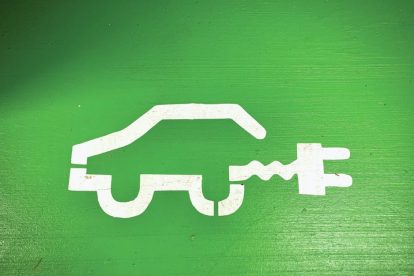Digital Edition
Dead end
Electric vehicles still fuel a throwaway culture
Auto enthusiasts have designated 2022 the year of the electric car as a rapid conversion from gasoline-combustion engines to battery-powered sedans, SUVs, and now even utility and long-haul trucks gathers, well, steam. What at first had been prognosticated a slow transition to electric vehicles may, driven by acute consumer interest, become a greatly accelerated reality this decade.
This is mostly good news. Surely in terms of combating global warming and climate change, no one can be unhappy that a transit evolution away from fossil fuel is revving up so quickly. But like any other creative destruction and recreation engendered by market forces, there are some drawbacks to worry over. Electric vehicles overall leave a smaller carbon footprint than gas-burners, but the energy that propels them has to come from somewhere. It won’t be much of an advance if 21st-century cars are powered by 20th-century electric grids that rely on fossil fuels, and let’s not forget that the new technology, while offering ecological relief in many quarters, also creates new ecological threats of its own.
Foremost among these threats is a paradox known as the resource curse, the observation that those territories and nations with some of the greatest riches in natural resources remain among the world’s poorest, with populations that seldom reap the economic or technological benefits of the resource wealth removed from under their feet. Extractive industries locate the resource reserves, bring in the expertise and technology to remove and refine those resources, and then move on, not only depriving Indigenous people of wealth-sharing but leaving behind environmental wreckage and local governments too corrupt and inefficient to respond adequately to it. The paradox has been repeated around the world, from West Virginia and Kentucky to Bolivia and the Democratic Republic of the Congo.
This promising new age of electric power has already launched contemporary resource rushes as industrialists and investors seek to secure reserves of the raw materials essential to the emerging battery technology, primarily lithium, cobalt, and nickel. Demand for car batteries could increase 10-fold in the next decade, and billions from U.S. investors have been flowing into mining initiatives.


